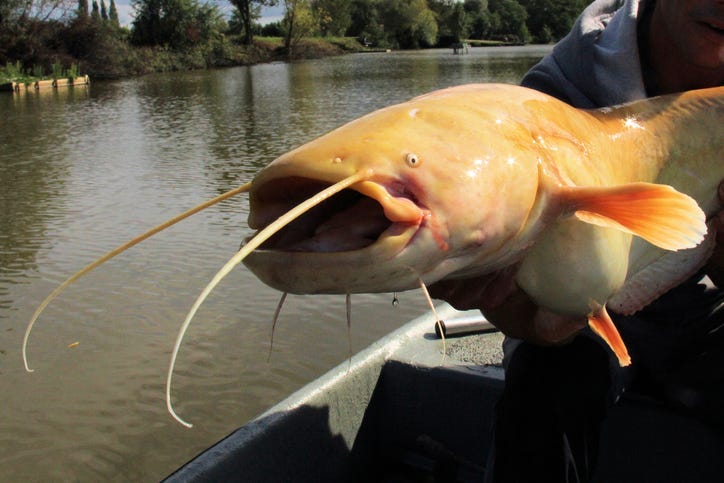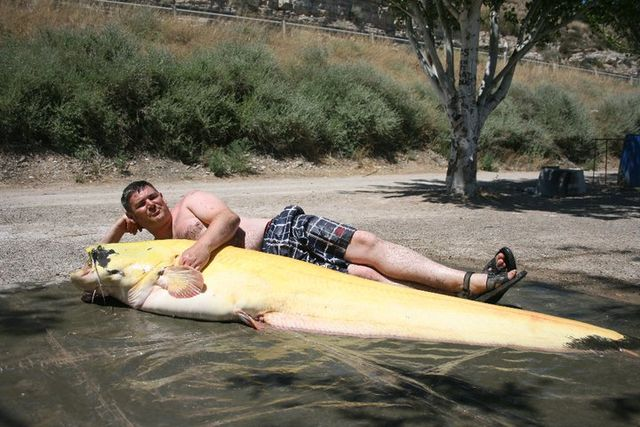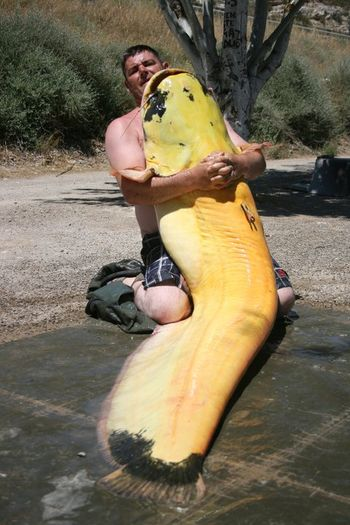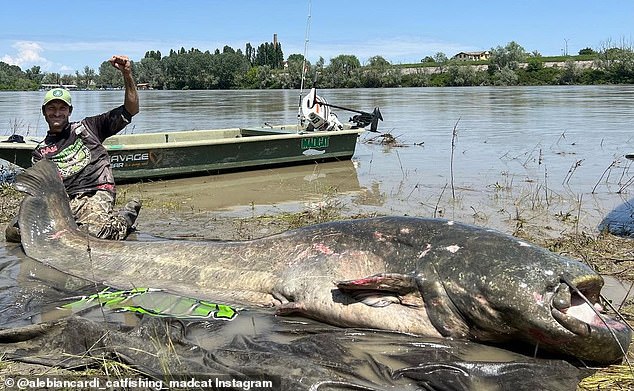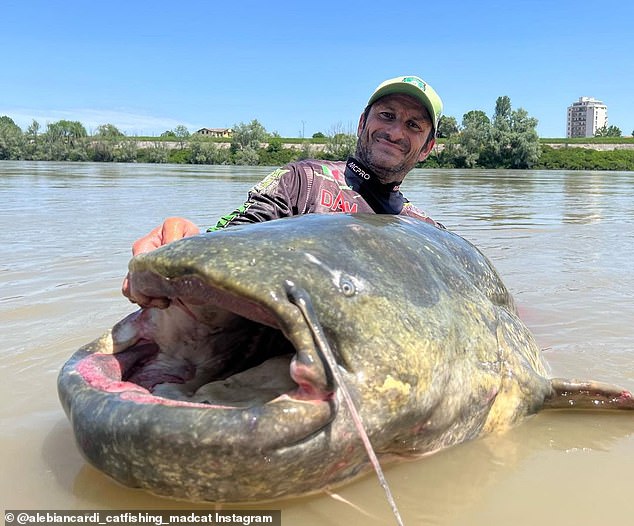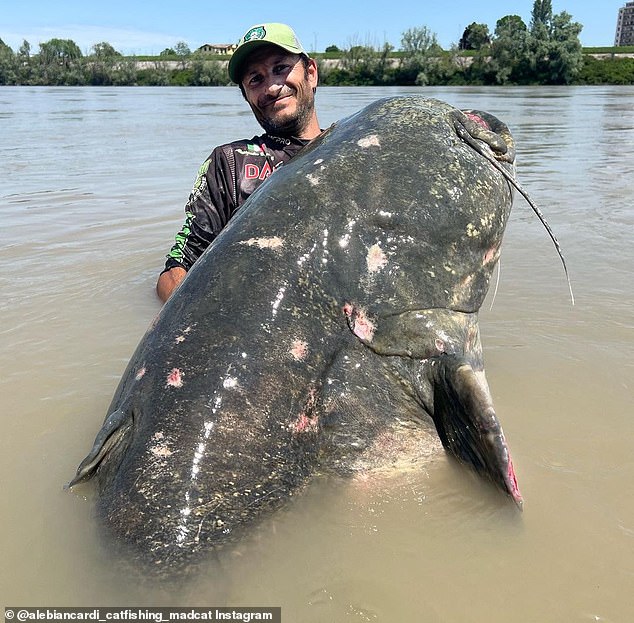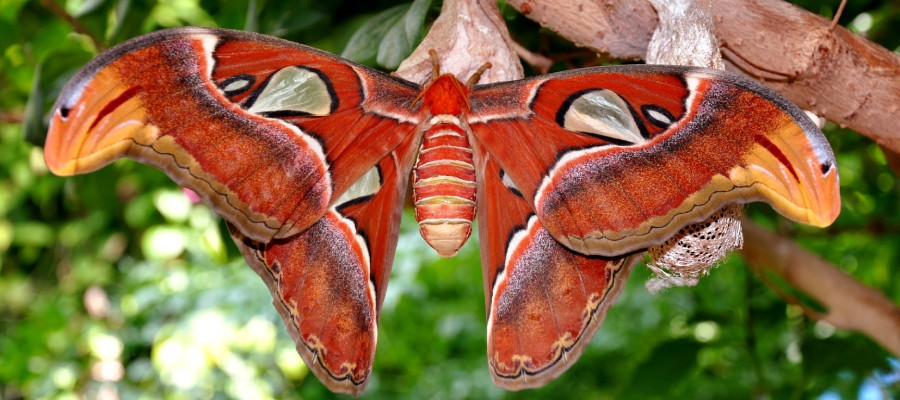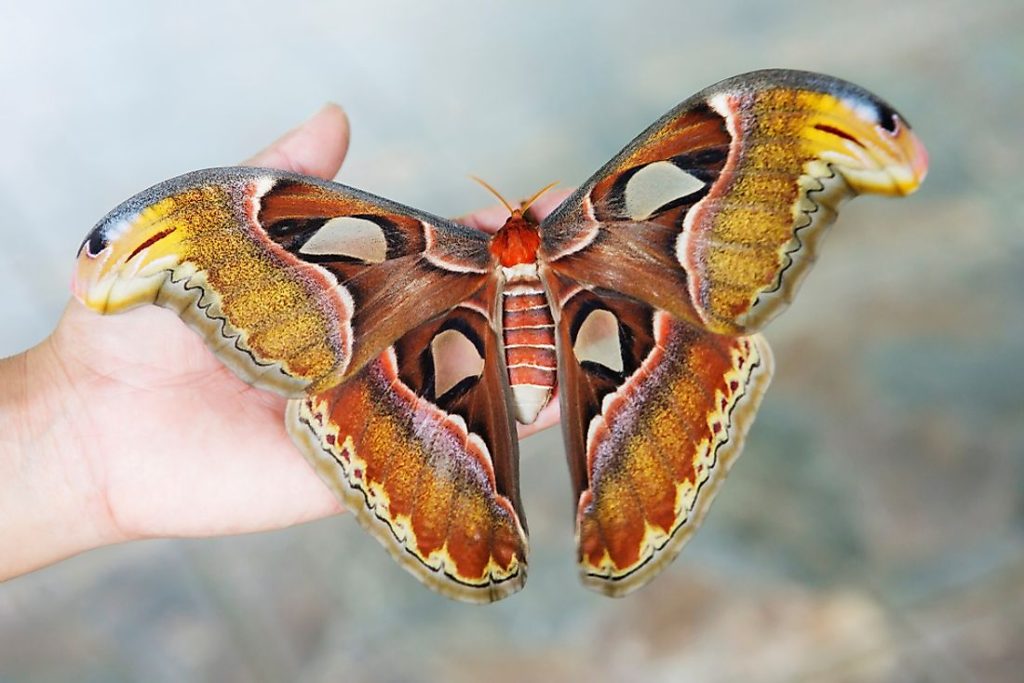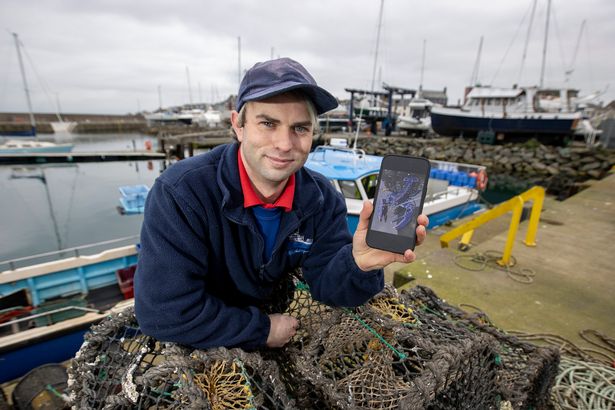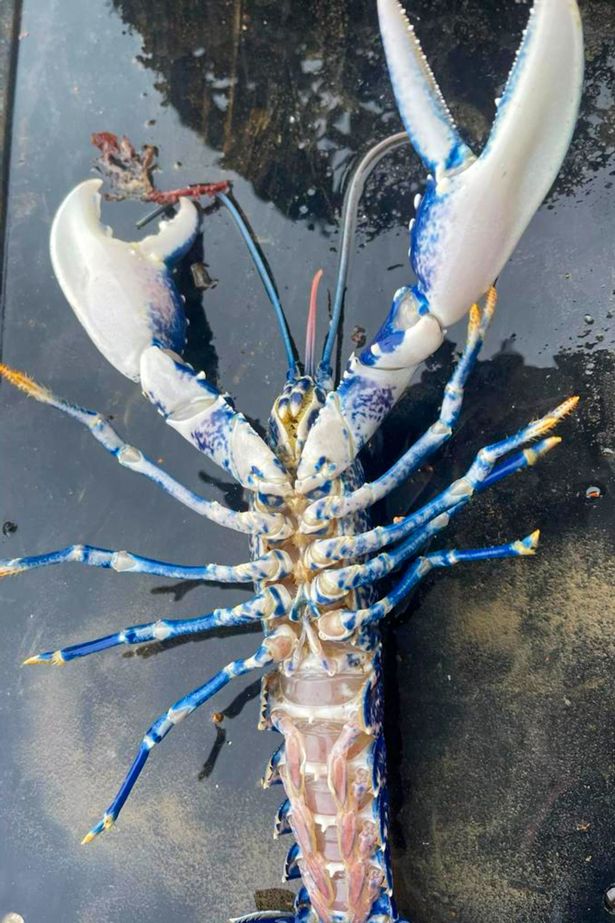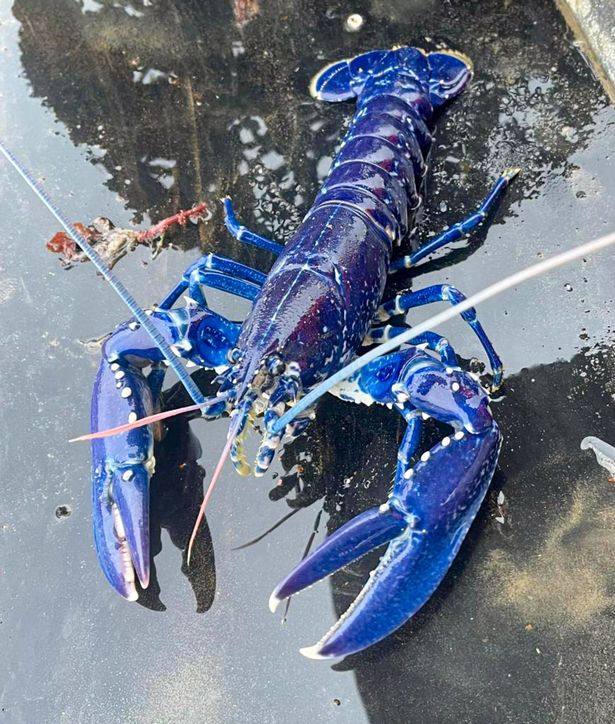A Serene Encounter: Baby Deer Relaxing on the Road
In the tranquil embrace of nature, moments of pure serenity often unfold in the most unexpected places. One such enchanting sight has recently captured the attention of nature lovers and passersby alike: a baby deer, or fawn, blissfully relaxing on a quiet country road. This heartwarming scene serves as a reminder of the beauty of wildlife and the importance of coexisting harmoniously with our natural surroundings.
The Scene Unfolds
Imagine driving along a peaceful, winding road, surrounded by towering trees and lush greenery. Suddenly, your gaze falls upon a small fawn, lying comfortably on the warm pavement, its soft, spotted coat gleaming in the afternoon sun. The fawn seems utterly unfazed by the vehicles passing by, as if the world’s hustle and bustle were a distant reality. Instead, it appears to relish the warmth of the asphalt beneath it and the gentle whispers of the breeze through the leaves.
These moments of stillness are not just picturesque; they reflect the everyday life of wildlife as they find places to relax and rest. For fawns, this can mean seeking out spots that provide warmth and safety. Frequently, mothers will leave their young in hidden areas to keep them safe from predators, returning periodically to nurse them and check in.
The Importance of Respecting Wildlife
While such encounters are delightful, they also remind us of our responsibility as stewards of the environment. It is crucial for drivers and pedestrians to exercise caution in these areas, especially in regions known for wildlife activity. Speed limits should be observed, and any wildlife crossing the road should be met with patience, allowing for safe passage.
Additionally, citizens should take care not to approach or interact with wildlife, especially young animals, as doing so can stress them and disrupt their natural behaviors. Observing from a distance and celebrating the beauty of these creatures is the best way to encourage a healthy coexistence.
